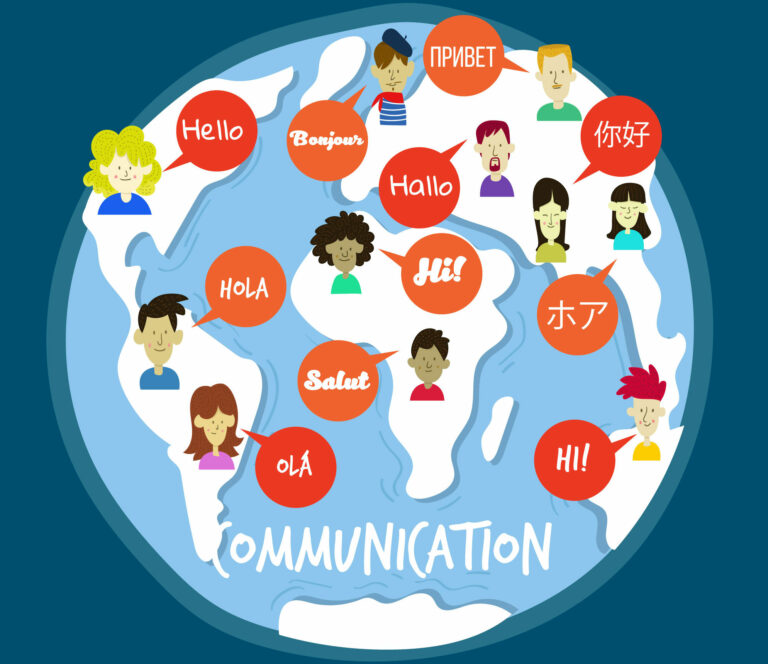
AI Shatters Language Barriers: Unlocking Advanced Language UnderstandingAI Shatters Language Barriers: Unlocking Advanced Language Understanding Artificial intelligence (AI) is making groundbreaking advancements in language understanding capabilities, transcending language barriers and opening new doors for global communication and knowledge sharing. Neural Machine Translation (NMT) NMT models, leveraging deep learning algorithms, enable seamless translation between multiple languages. They can handle complex sentences, capture nuances, and produce fluent, human-like translations. This breakthrough has facilitated real-time communication, improved cross-cultural understanding, and boosted international business. Cross-Lingual Understanding AI’s enhanced language understanding extends beyond translation. Cross-lingual understanding models can learn representations that capture the semantics of languages, allowing AI systems to perform tasks such as question answering and document classification across different languages. This capability unlocks the potential for AI to access multilingual knowledge bases and provide insights from a global perspective. Language Generation AI models can now generate text with incredible precision and naturalness. They can compose summaries, create engaging stories, and even write different types of documents. This enhances communication, supports knowledge management, and enables AI-powered chatbots to engage in sophisticated conversations. Impact on Business and Society * Globalization: AI-powered language understanding breaks down language barriers in global business, facilitating collaboration, communication, and market expansion. * Education: AI can assist learners with language acquisition, provide personalized educational content, and offer support for students with language disabilities. * Healthcare: AI enables multilingual communication between doctors and patients, ensuring accurate diagnoses and optimal patient care. * Information Access: AI helps bridge the gap in information access, allowing people from diverse linguistic backgrounds to consume content and participate in online communities. Future Directions AI’s language understanding capabilities are still evolving at an exponential pace. Researchers are exploring: * Universal Language Representation: Developing models that can represent all languages using a single underlying structure. * Low-Resource Language Processing: Enhancing AI’s understanding of languages with limited data. * Personalized Language Modeling: Customizing AI models to each user’s unique language preferences and style. Conclusion AI’s advancements in language understanding have revolutionized communication, knowledge sharing, and globalization. By breaking down language barriers, AI empowers businesses, supports education, improves healthcare, and fosters a more inclusive society. As AI continues to evolve, we can expect even more transformative applications that harness the power of language to bridge the linguistic divide.
Posted inNews